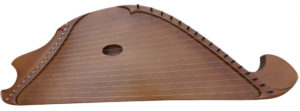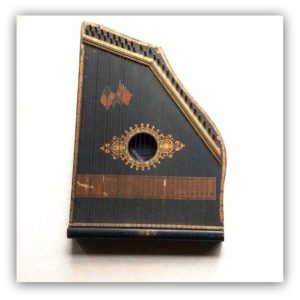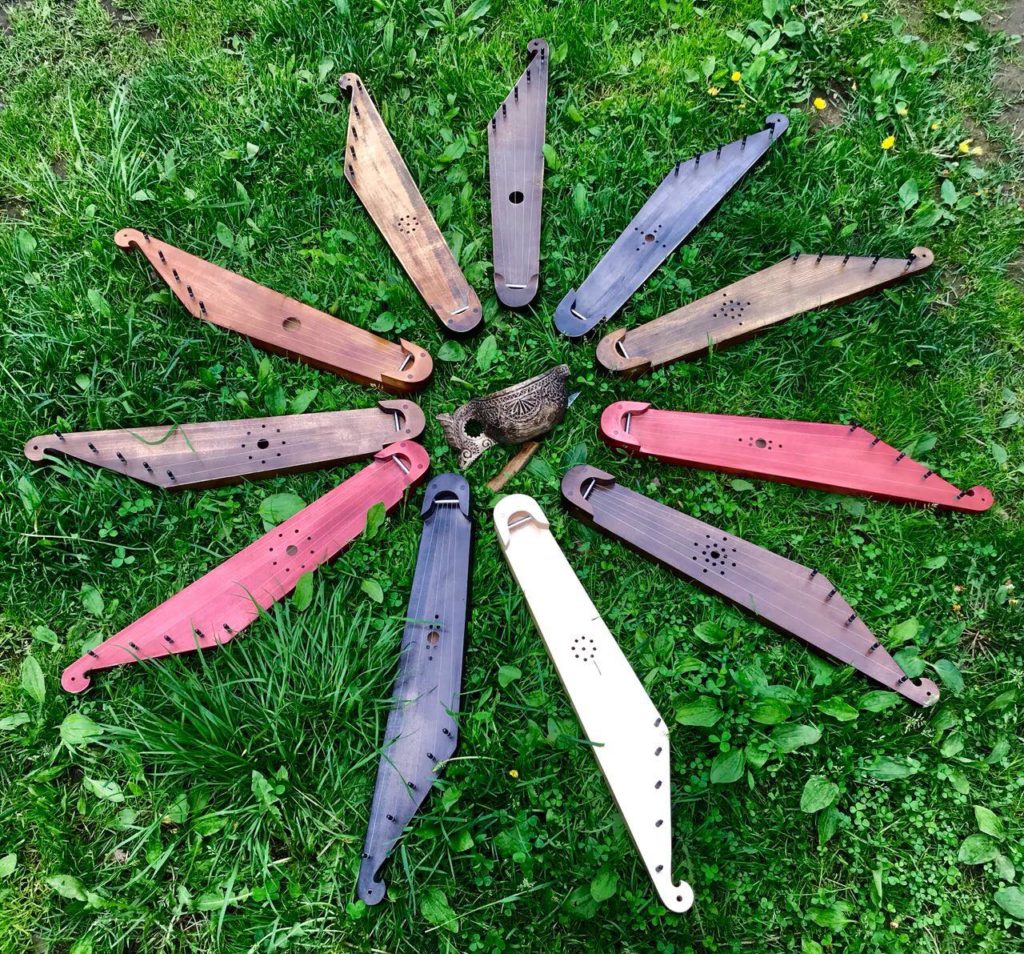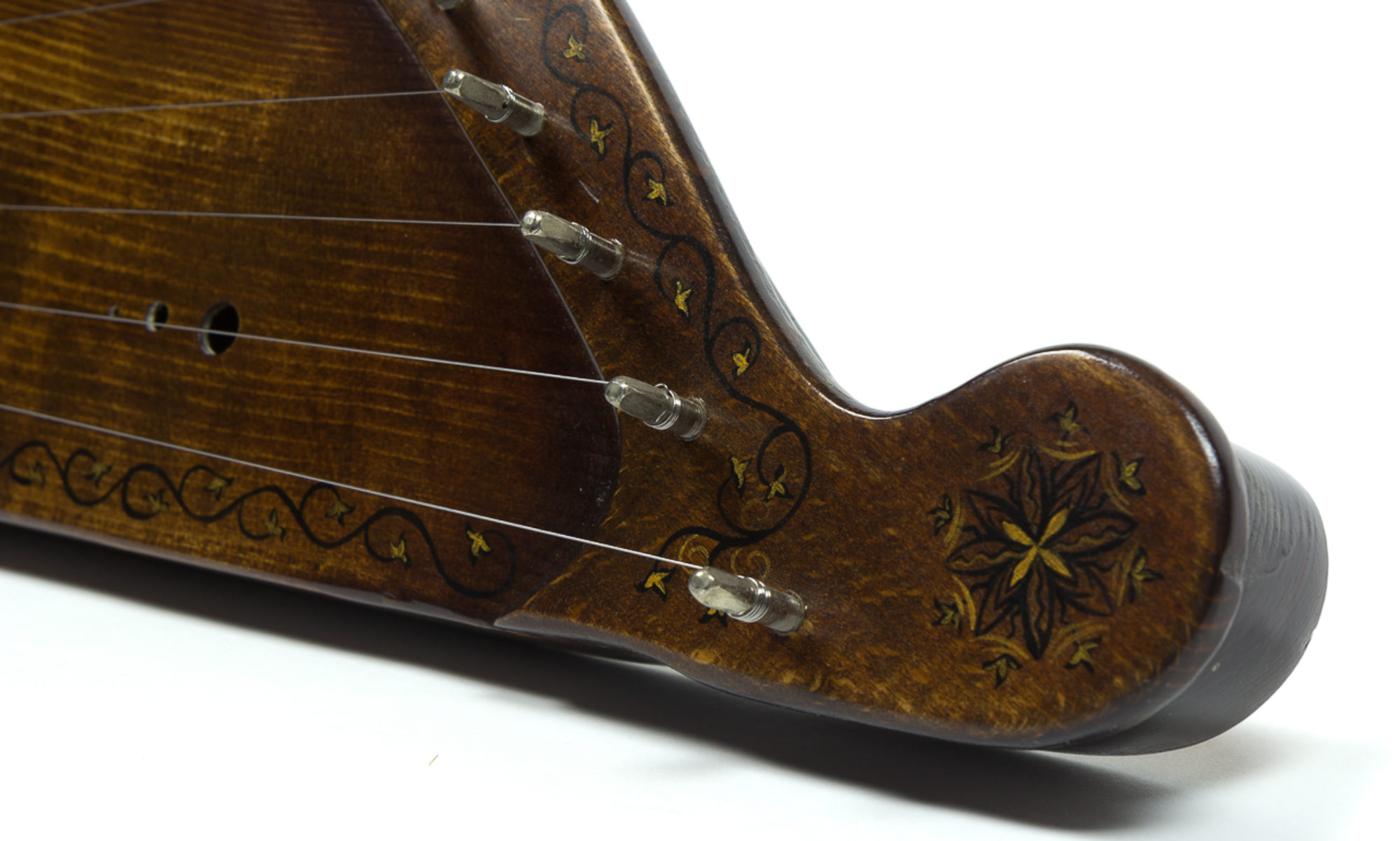Kokle – national symbol in Latvia!
Kokle is an ancient Baltic string instrument, which with a time became one of the national symbol in Latvia! It has specific sound and therefore sometimes is lovely called Zelta kokles (The Golden kokle) or Dieva kokles (Kokle of Dievs). Dievs is main God – Creator, one who made this world.
Other countries have very similar instrument: Estonians have Kannel, Finnish people have Kantele and Russians have Gusli.

The Kantele for left-handed.
If you like Kantele, and you happen to be left-handed we can make it for you!

Zither is a modern instrument.
The concert zither is a modern instrument although the name has been applied to many other instruments though the ages. The zither evolved as a folk music instrument in Bavaria and Austria and, at the beginning of the 19th century, was known as a Volkszither. Its counterparts were the Hummel in Sweden, the Langeleik in Norway and the Noordsche Balk in Holland. All of these instruments were played with the instrument lying on th e table and consisted of strings attached to a sounding board with a series of frets underlying several of the strings. The zither is played by stopping the frets with the fingers of the left hand and striking these strings simultaneously with a plectrum attached to the thumb of the right hand while the other fingers of the right hand pluck the remaining strings.
e table and consisted of strings attached to a sounding board with a series of frets underlying several of the strings. The zither is played by stopping the frets with the fingers of the left hand and striking these strings simultaneously with a plectrum attached to the thumb of the right hand while the other fingers of the right hand pluck the remaining strings.
HISTORY OF THE KANTELE
The kantele plays a central role in Finnish culture. Kalevala, Finland’s national epic poem, first published in 1835, has a kantele-plucking hero. Resembling the zither, the instrument has been played in Finland for some 2,000 years, and variations exist in other eastern Baltic countries.

The most basic version has five strings but there are up to 39 on large concert models. “It’s a nice, easy way to start.” That’s why the kantele has been a key element of Finland’s celebrated music education system since the 1970s. Back then nobody was playing the kantele, but musician and composer Martti Pokela saved the instrument.

